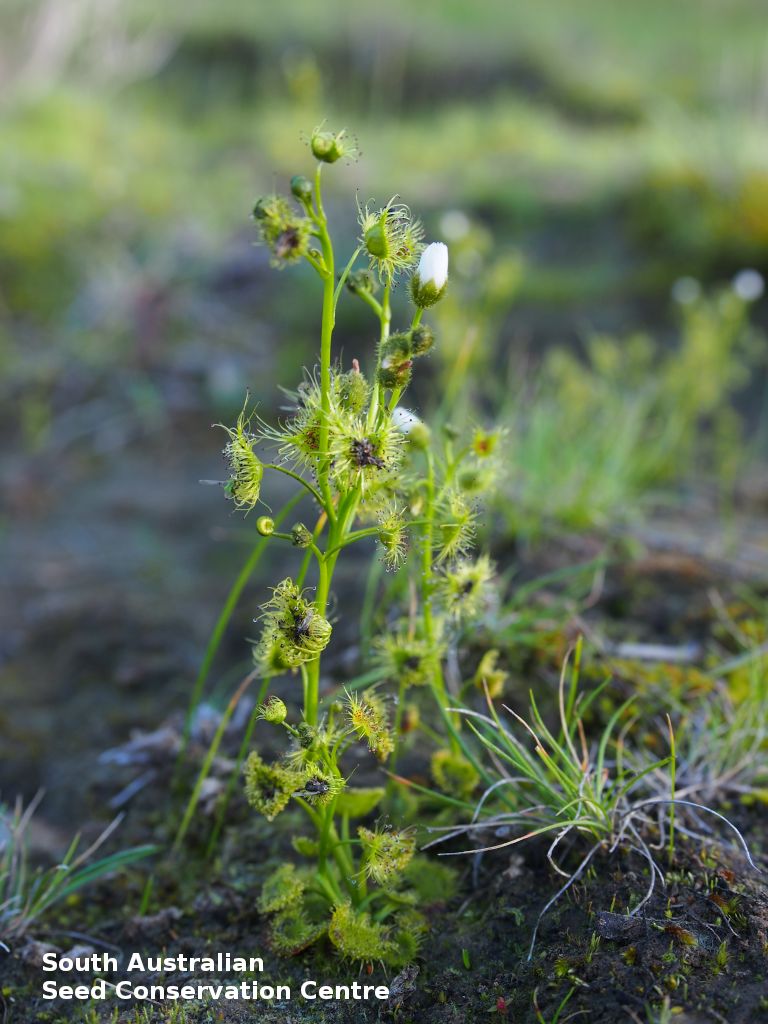
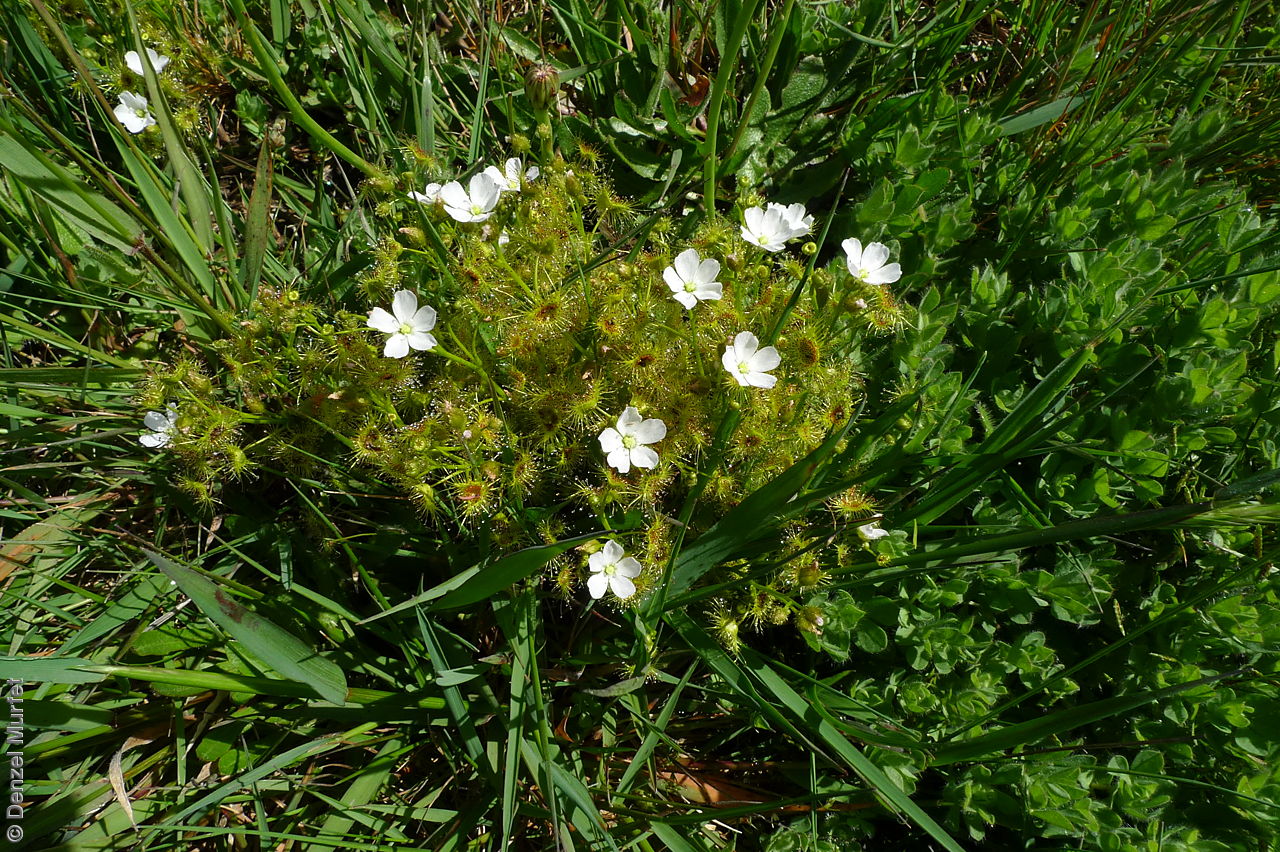
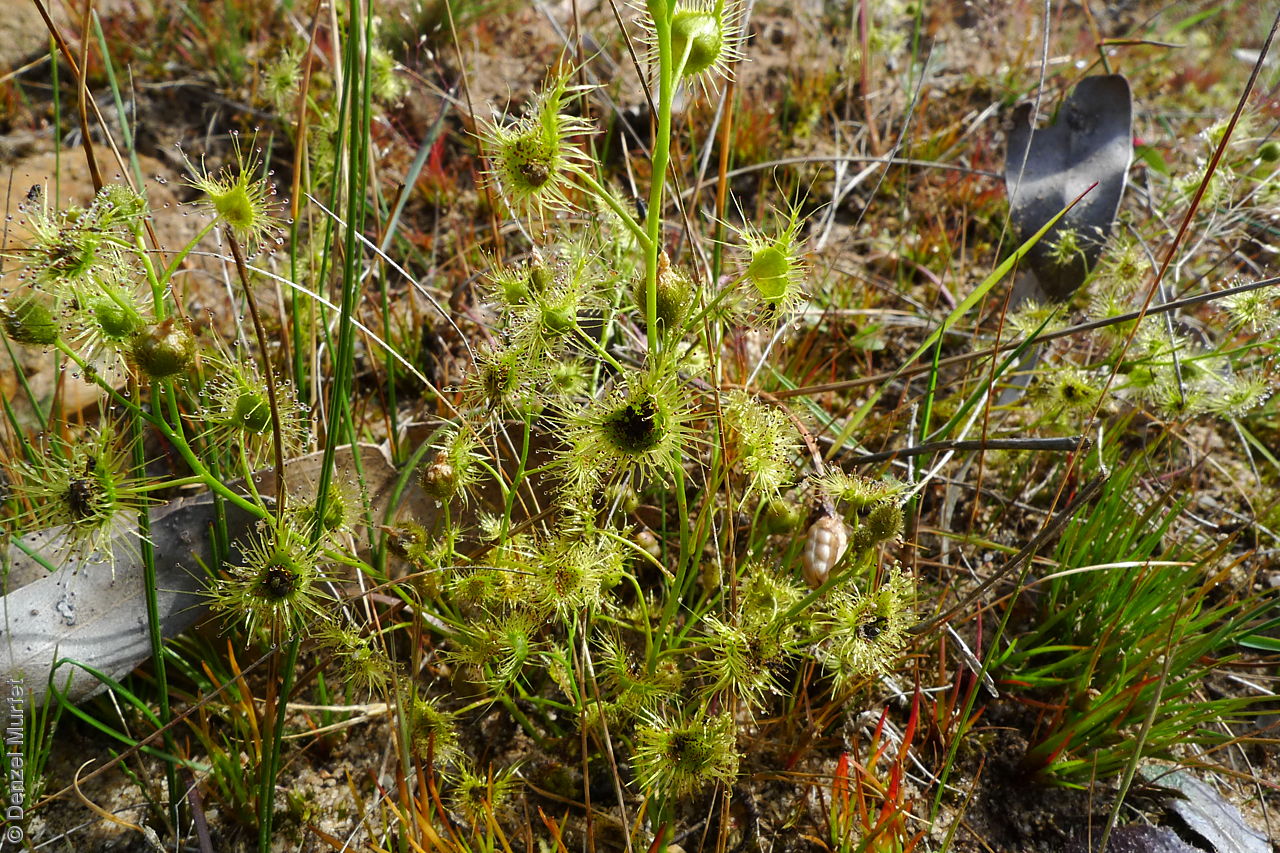
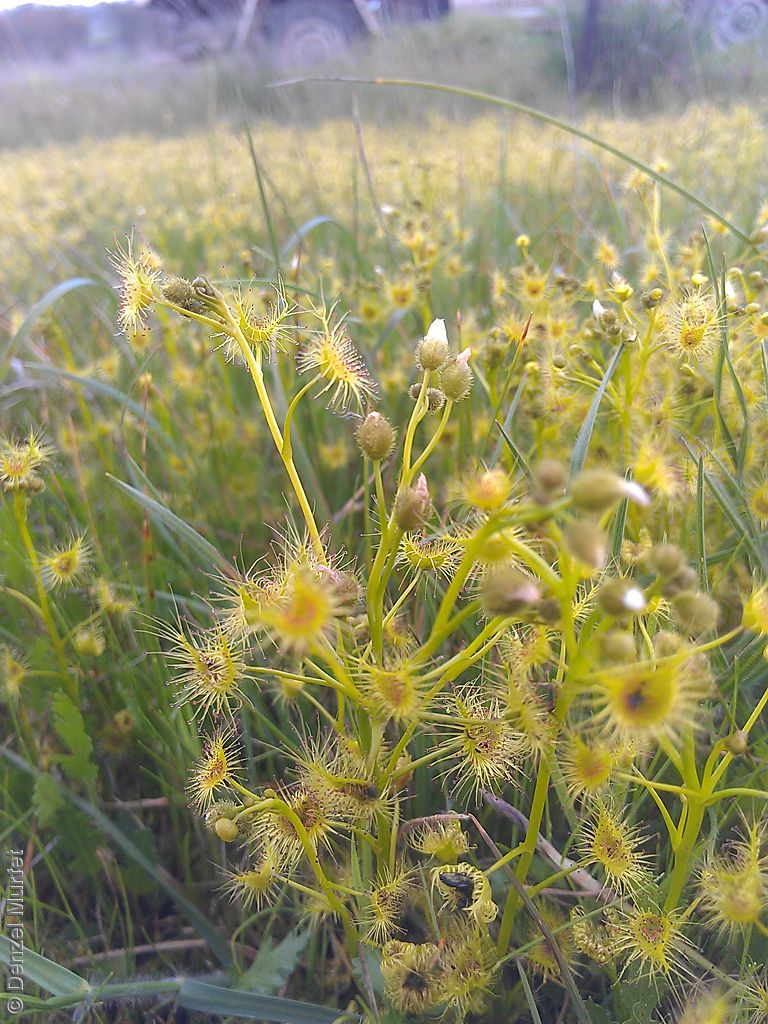
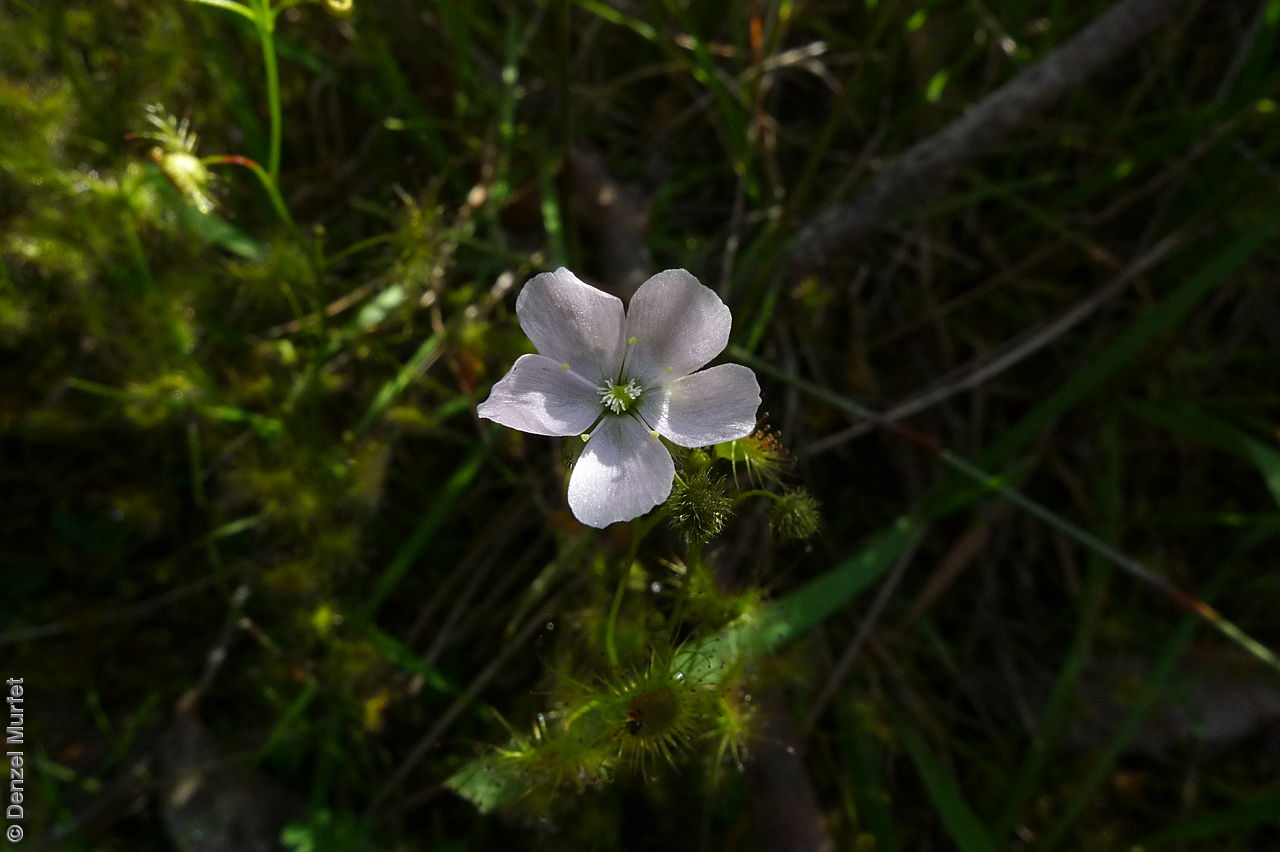
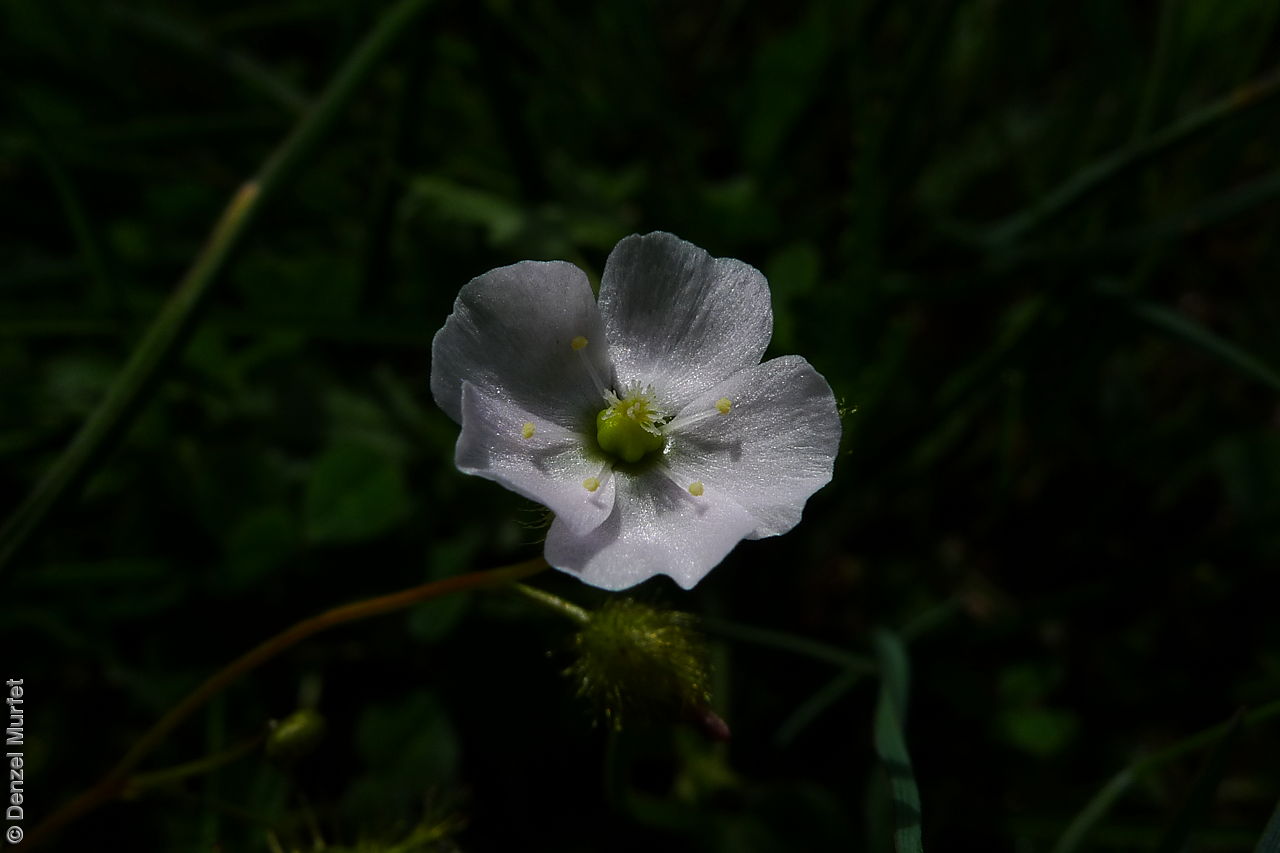
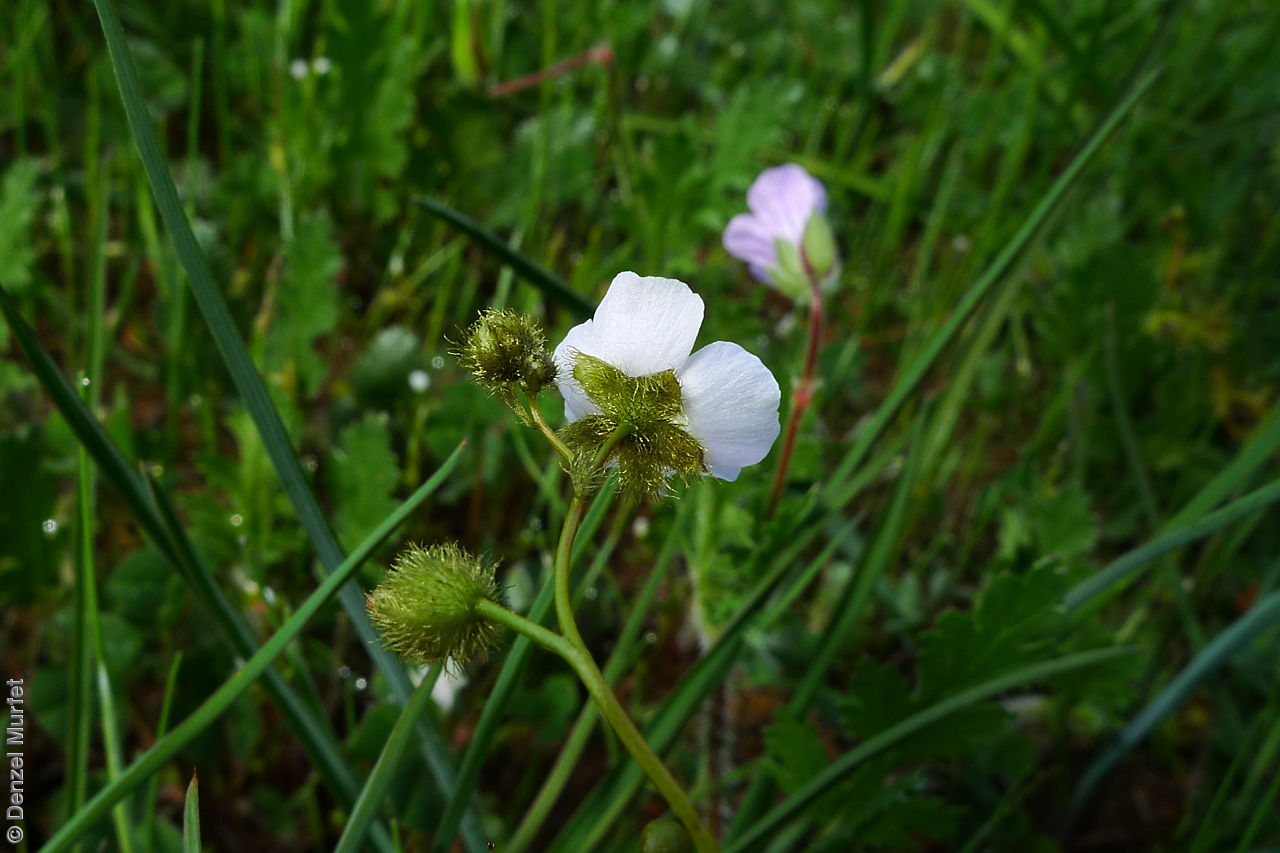
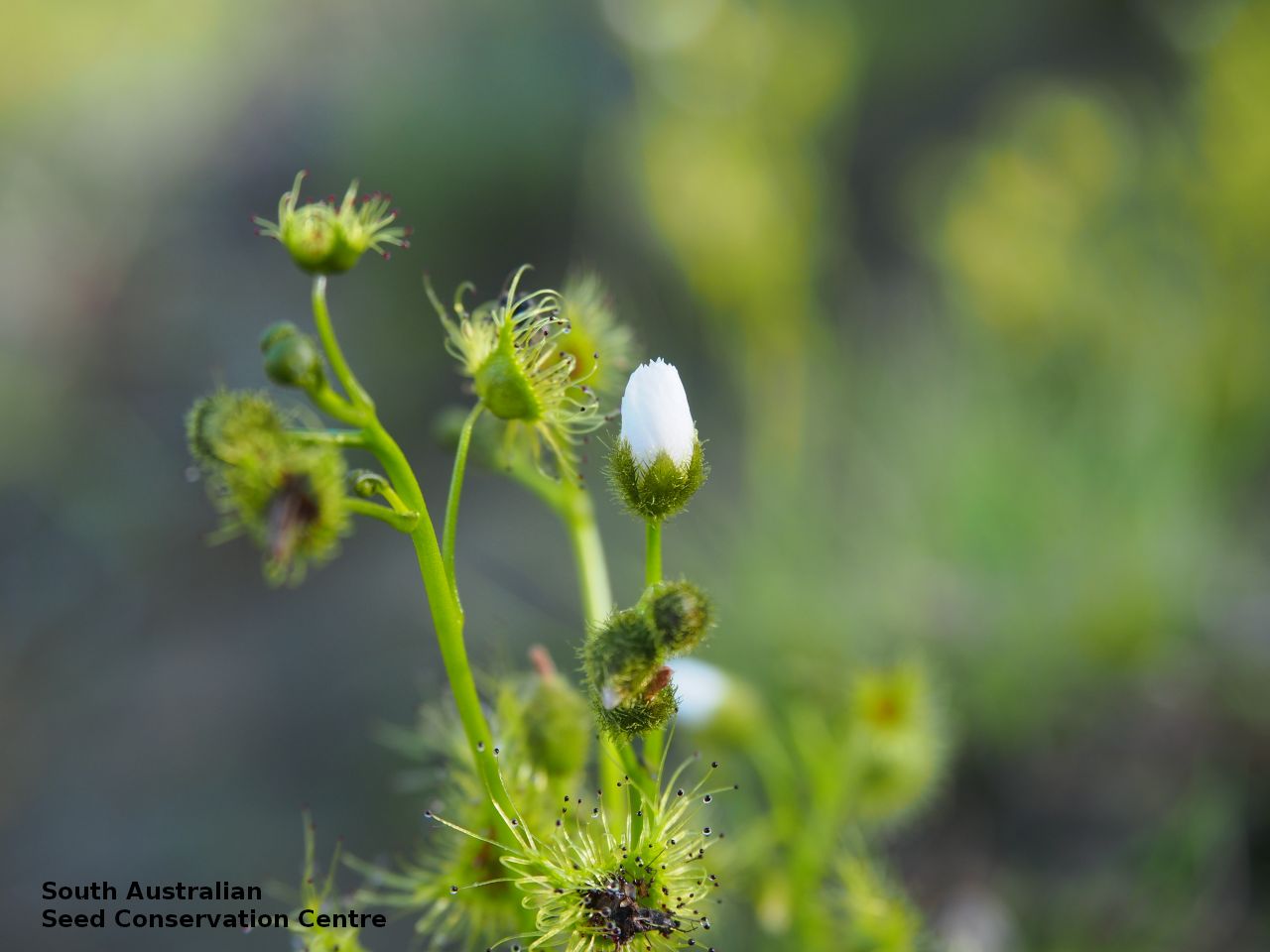
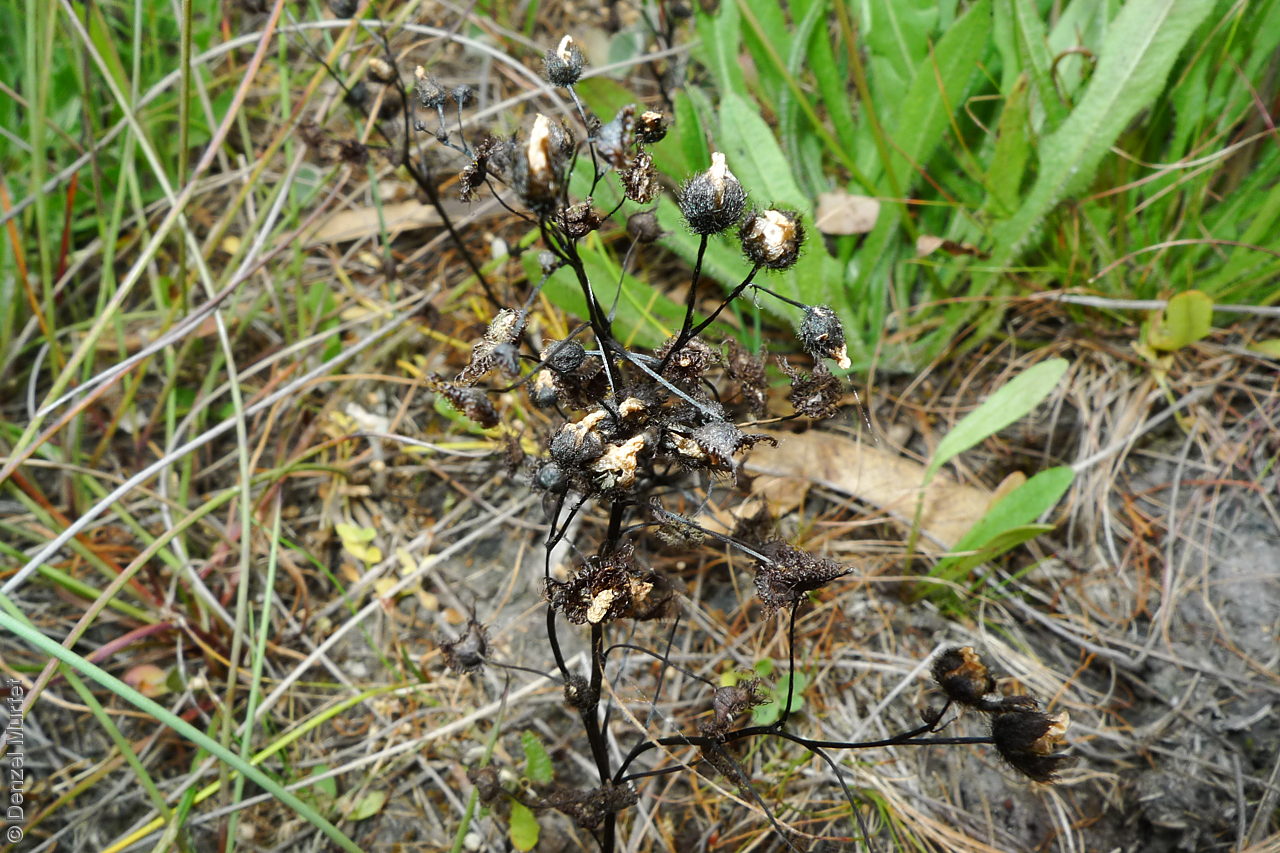
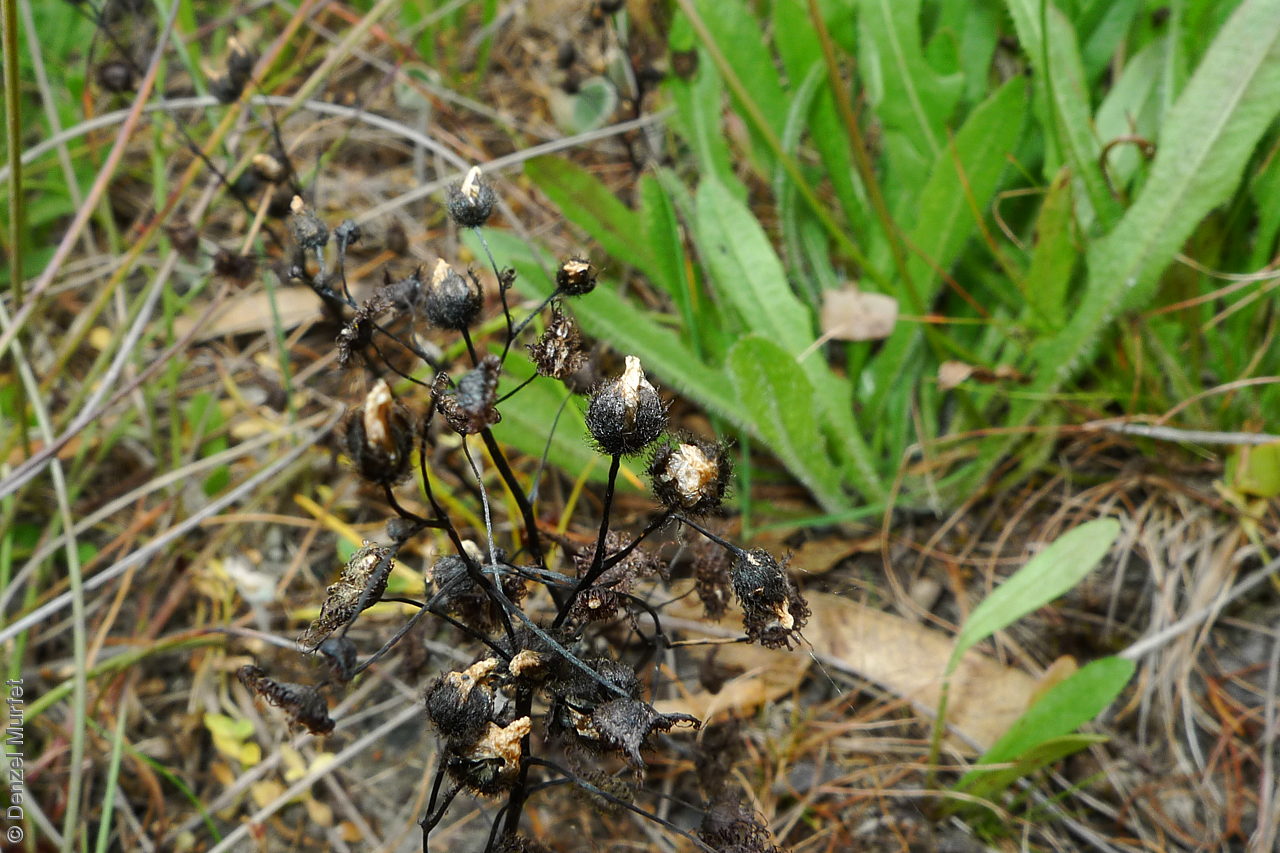
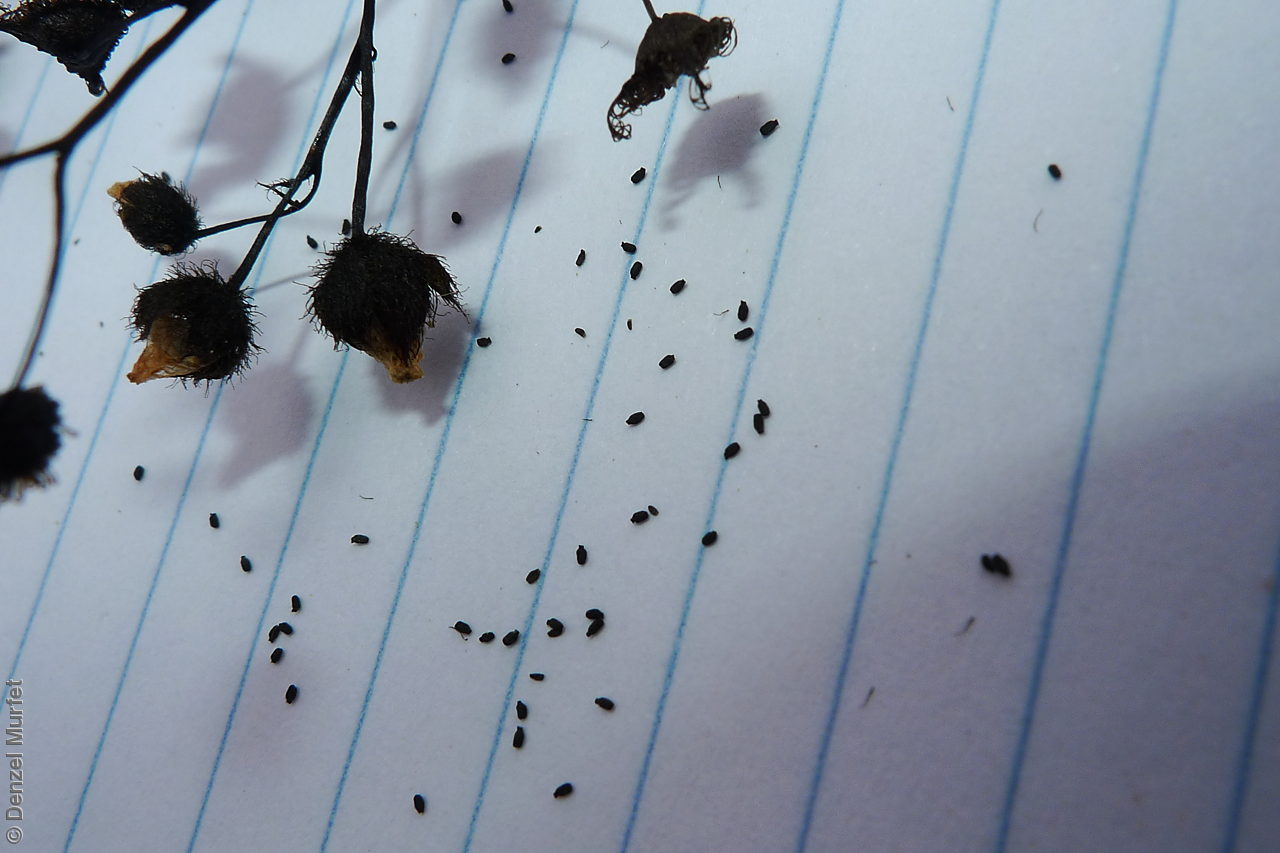
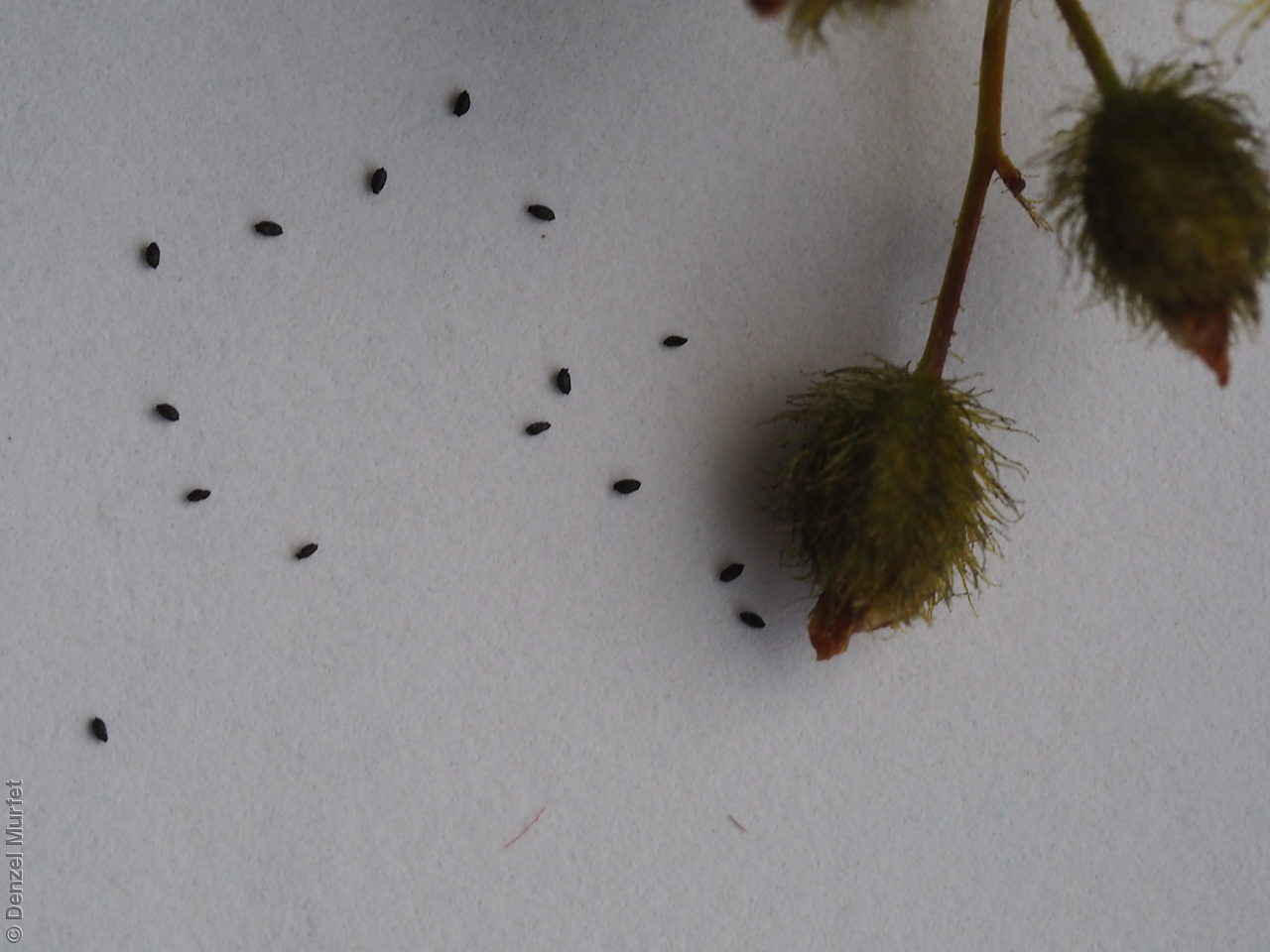
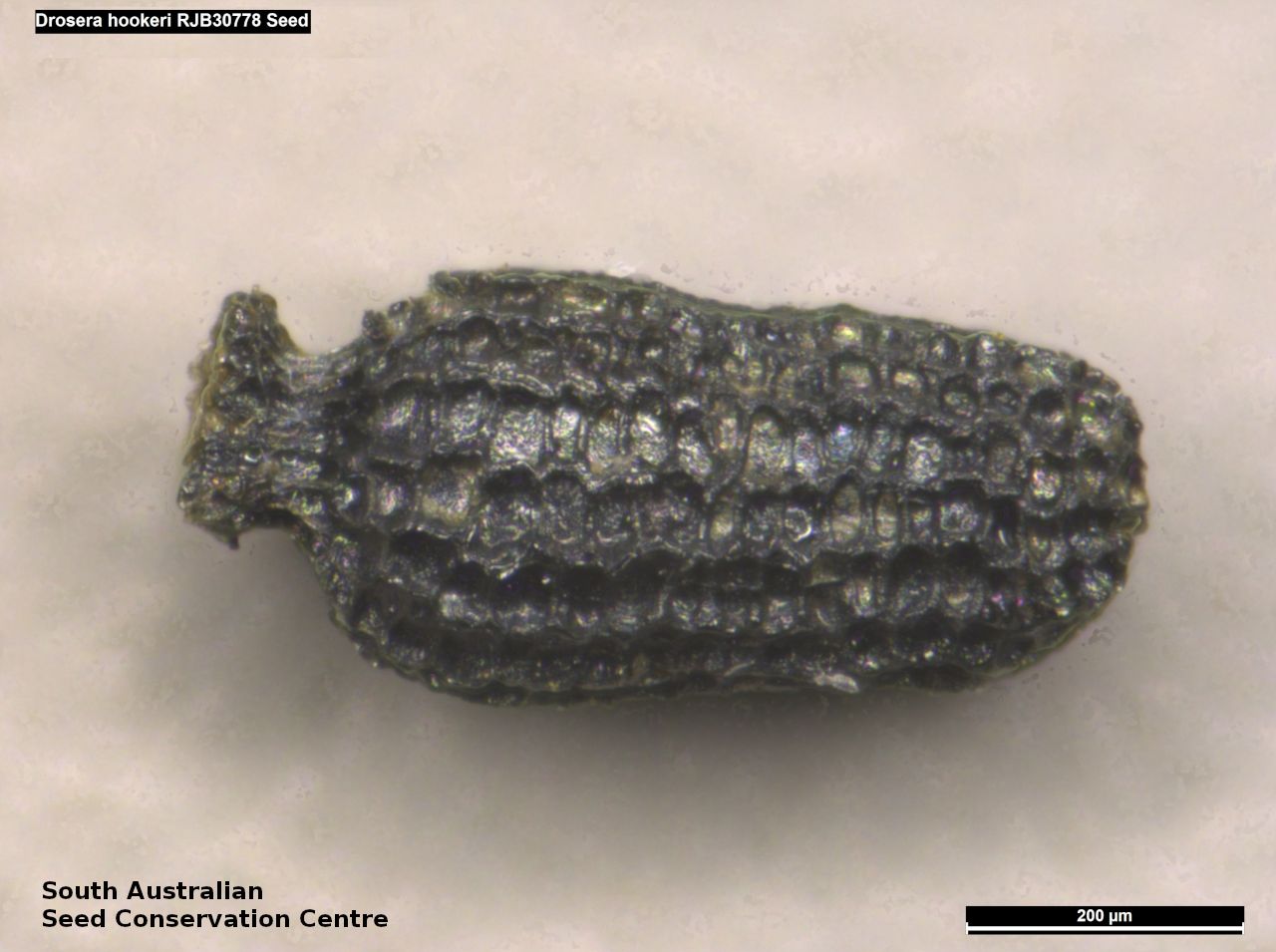
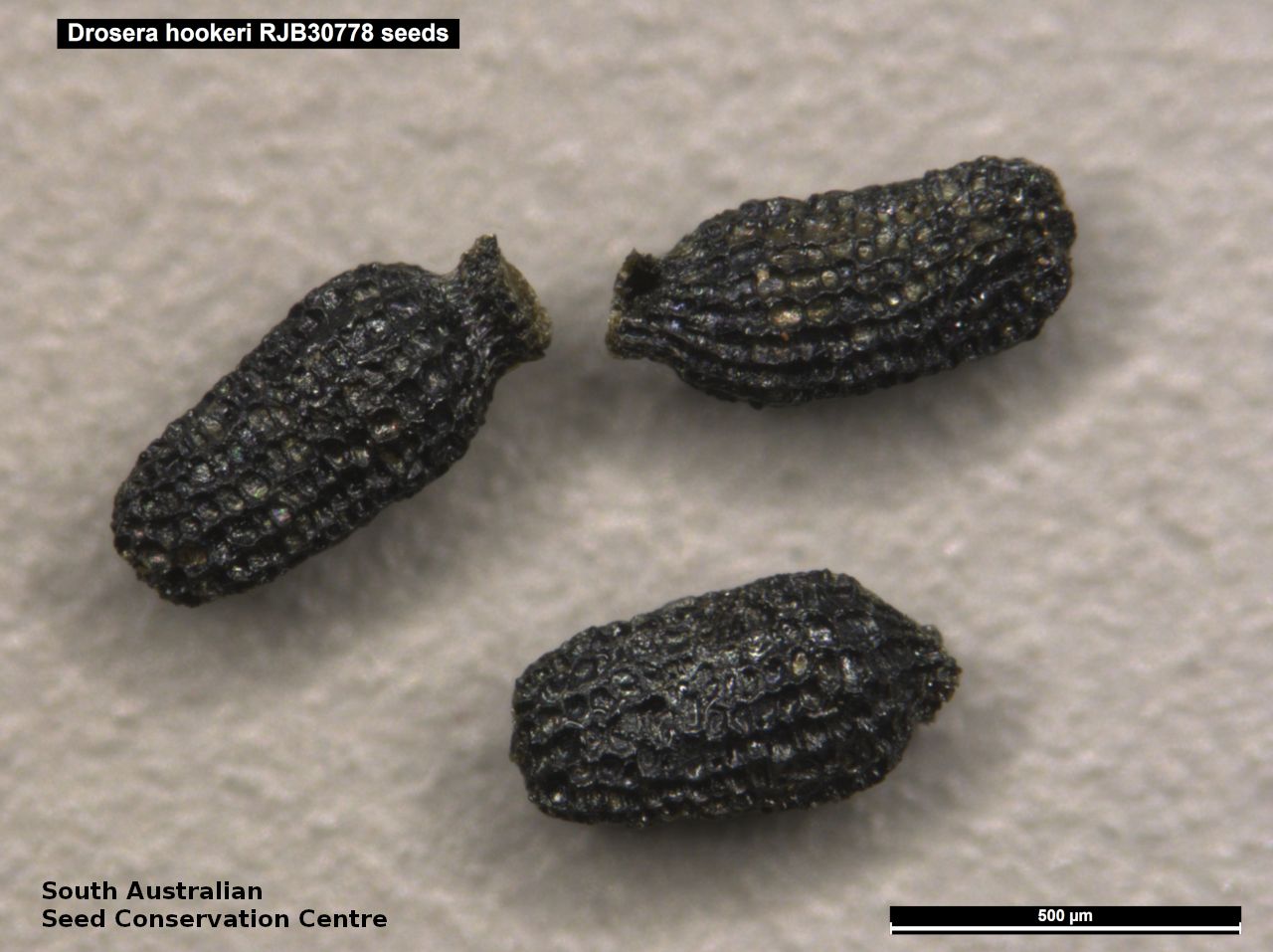
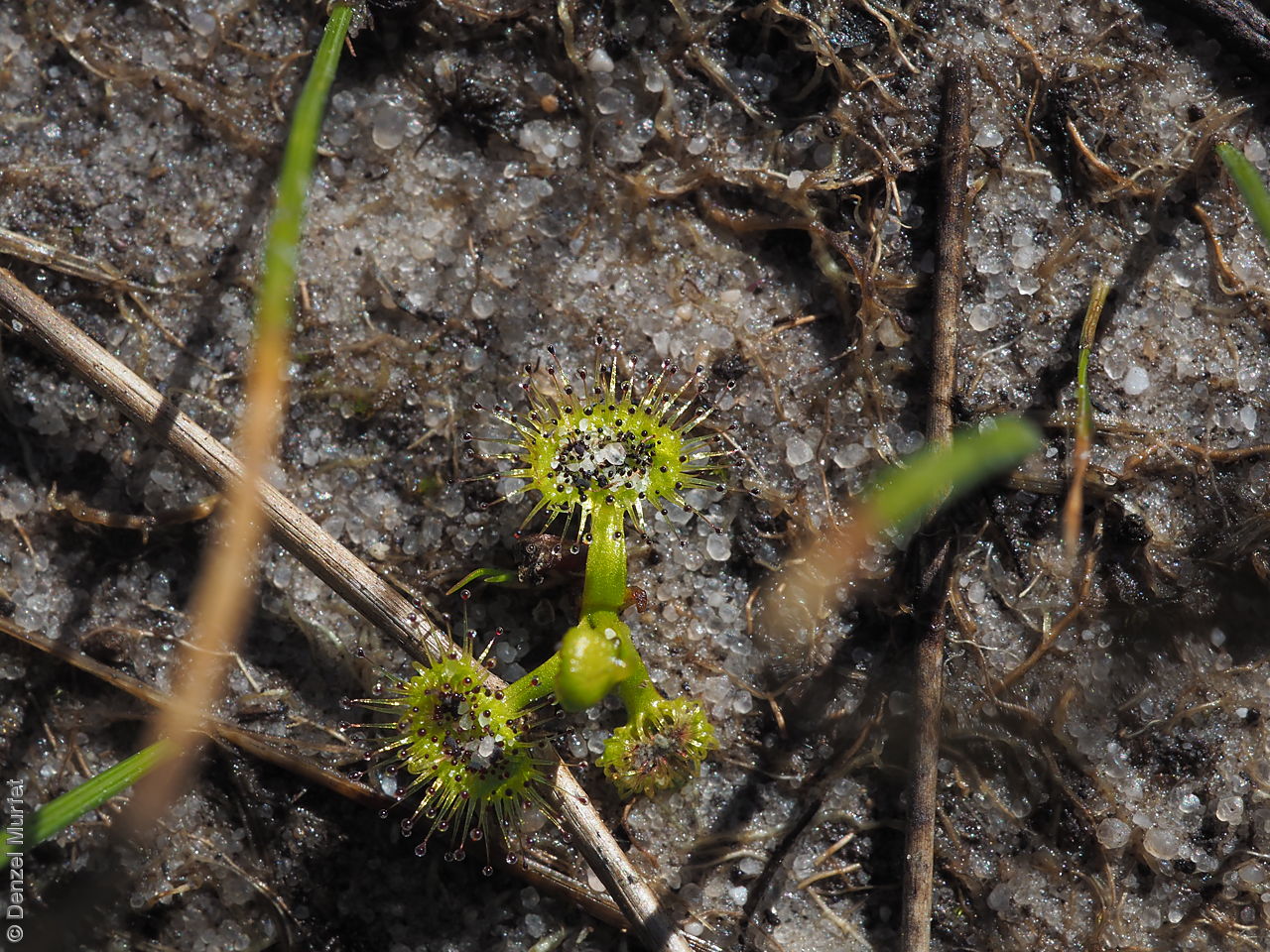
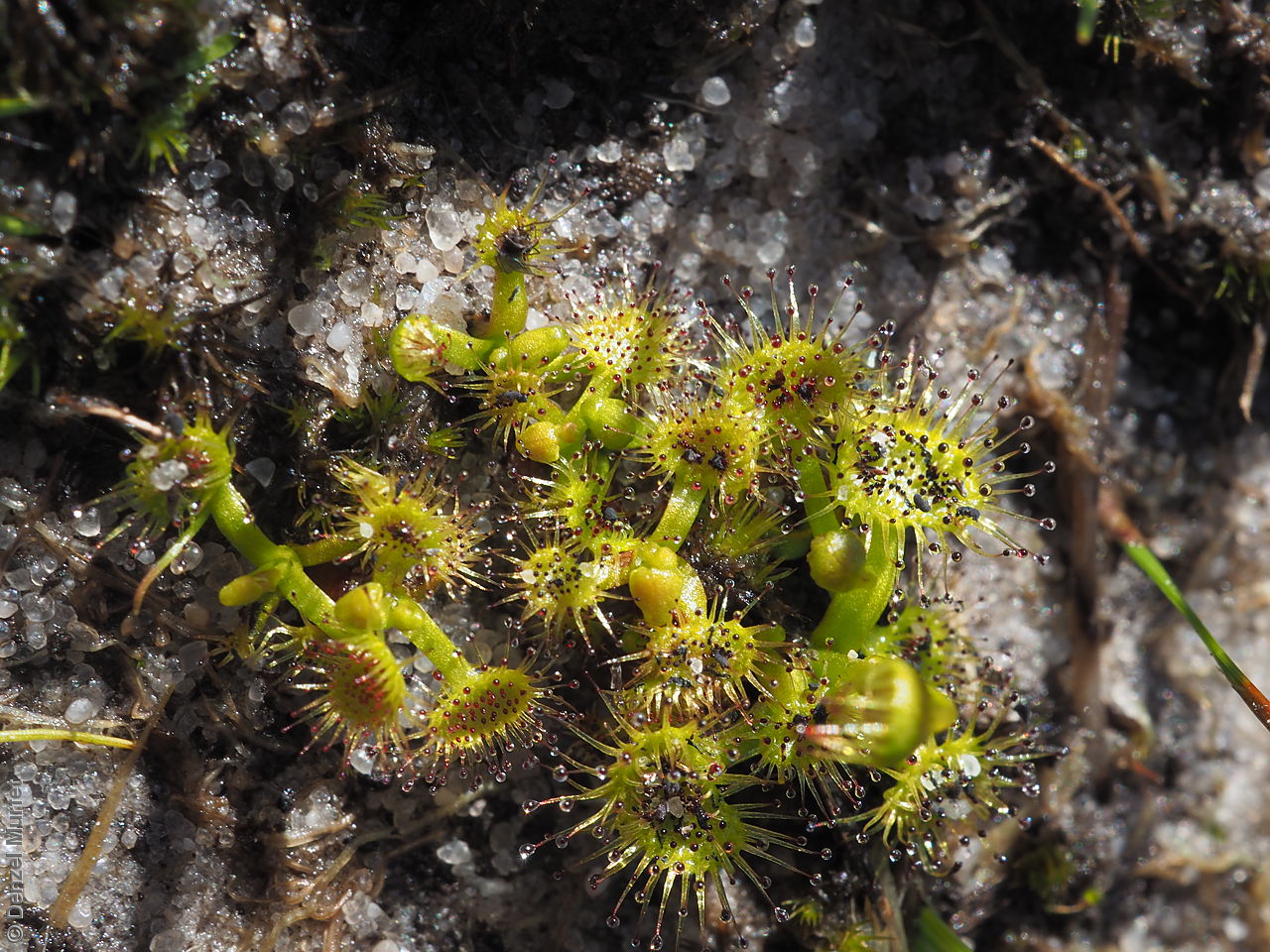
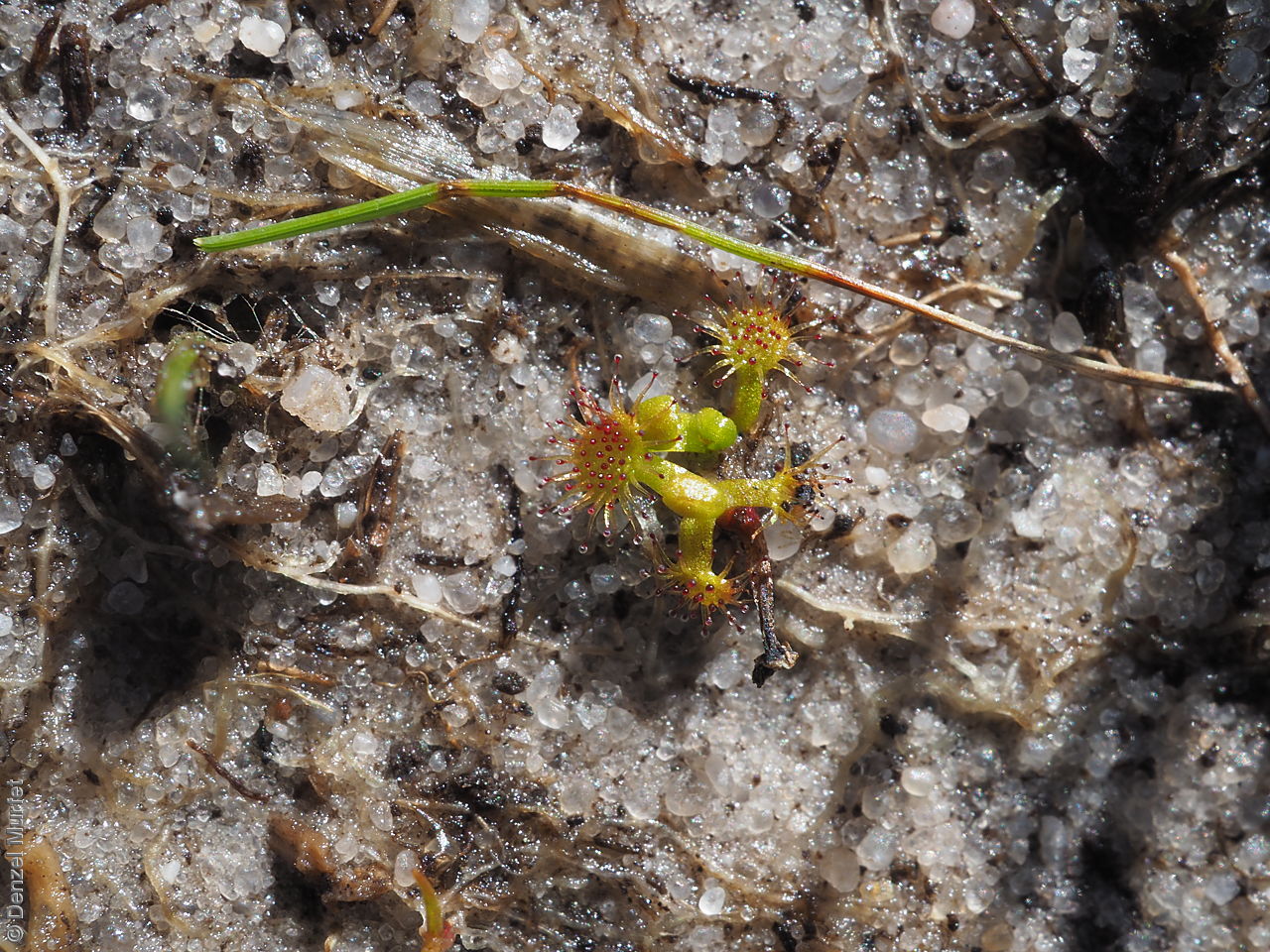

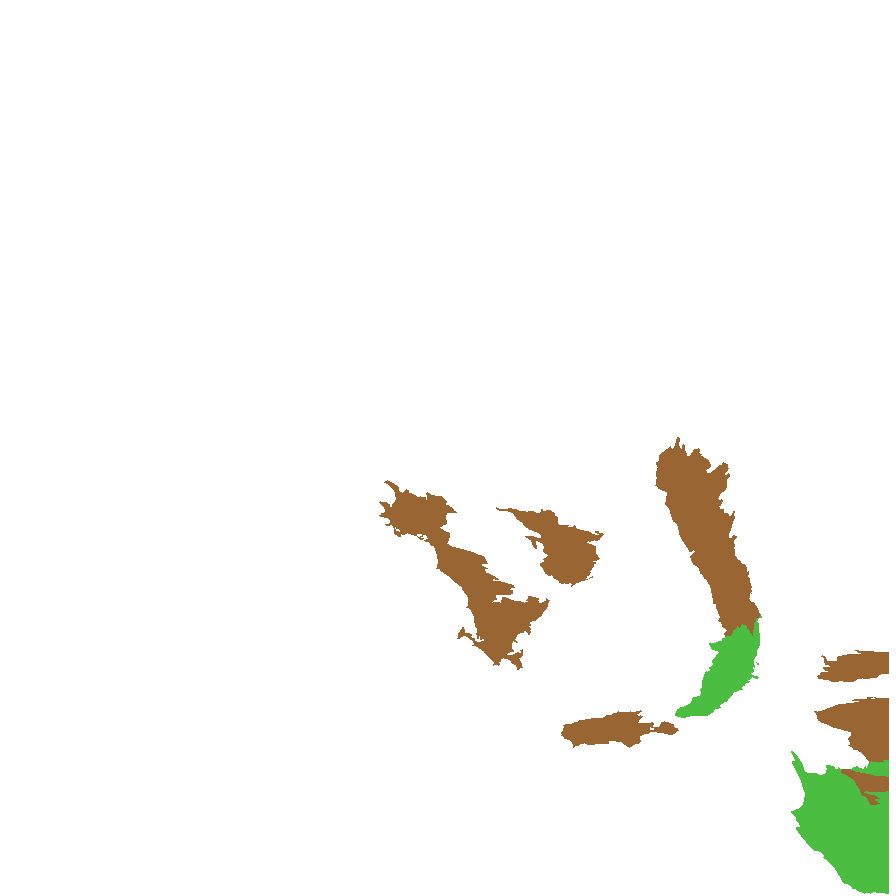
Botanical art
Prior names
Drosera peltata
Drosera foliosa, nom.illeg., non Elliott(1821)
Drosera peltata ssp. peltata, partly
Drosera peltata, partly
Common names
Hooker's Sundew
Pale Sundew
Etymology
Drosera from the Greek 'droseros' meaning dewy, alluding to the glistening hairs of the glandular leaf laminae. Hookeri commemorates Joseph Dalton Hooker (1817–1911) who originally recognised this taxon and provided a manuscript name which was used by J.É. Planchon.
Distribution and status
Found scattered across southern South Australia from the southern Flinders Ranges, bottom of Eyre Peninsula to lower South-east growing in seasonally-moist, infertile mineral-based soils in herbfields and low open shrublands. Also found in New South Wales, Victoria and Tasmania. Native. Uncommon in South Australia. Common in the other States.
Herbarium regions: Flinders Ranges, Eyre Peninsula, Northern Lofty, Murray, Yorke Peninsula, Southern Lofty, Kangaroo Island, South Eastern, Green Adelaide
NRM regions: Adelaide and Mount Lofty Ranges, Eyre Peninsula, Kangaroo Island, Northern and Yorke, South Australian Murray-Darling Basin, South East
AVH map: SA distribution map (external link)
Plant description
Small yellowish-green herb forming dense colonies, with a white stem tuber enclosed by multi-layered black sheath. Stem erect, annual; much branched basally, appearing multi-stemmed and shrubby to 12 cm long, glabrou;, lowest leaves 5–10 in a flat rosette; spatulate-flabellate to 11 mm long and 10 mm wide; stem leaves alternate, close spaced; sometimes in clusters of 2–4, broadly crescentic-lunate, to 6 mm long and 5 mm wide. Inflorescence a 1-sided raceme, with 5–10 white flowers. Flowering between August and November. Fruits are brown globose capsule to 6 mm diameter; erect, enclosed in persistent sepals.
Seed collection and propagation
Collect seeds between October and December. Collect mature capsules, those that are fat, hard, turning brown and contain black seeds inside. Place the capsules in a tray and leave to dry for one to two weeks. Then rub the capsules gently by hand to dislodge the seeds. Use a sieve to separate the unwanted material. Store the seeds with a desiccant such as dried silica beads or dry rice, in an air tight container in a cool and dry place.
| Location | No. of seeds (weight grams) | Number of plants | Date collected | Collection number Collection location | Date stored | % Viability | Storage temperature |
|---|---|---|---|---|---|---|---|
| BGA MSB | 2,800 (0.87 g) 2,800 (0.87 g) | 70 | 3-Dec-2005 | DJD324 Southern Lofty | 1-Aug-2006 | 100% | -18°C |
Number of plants: This is the number of plants from which the seeds were collected.
Collection location: The Herbarium of South Australia's region name.
% Viability: Percentage of filled healthy seeds determined by a cut test or x-ray.